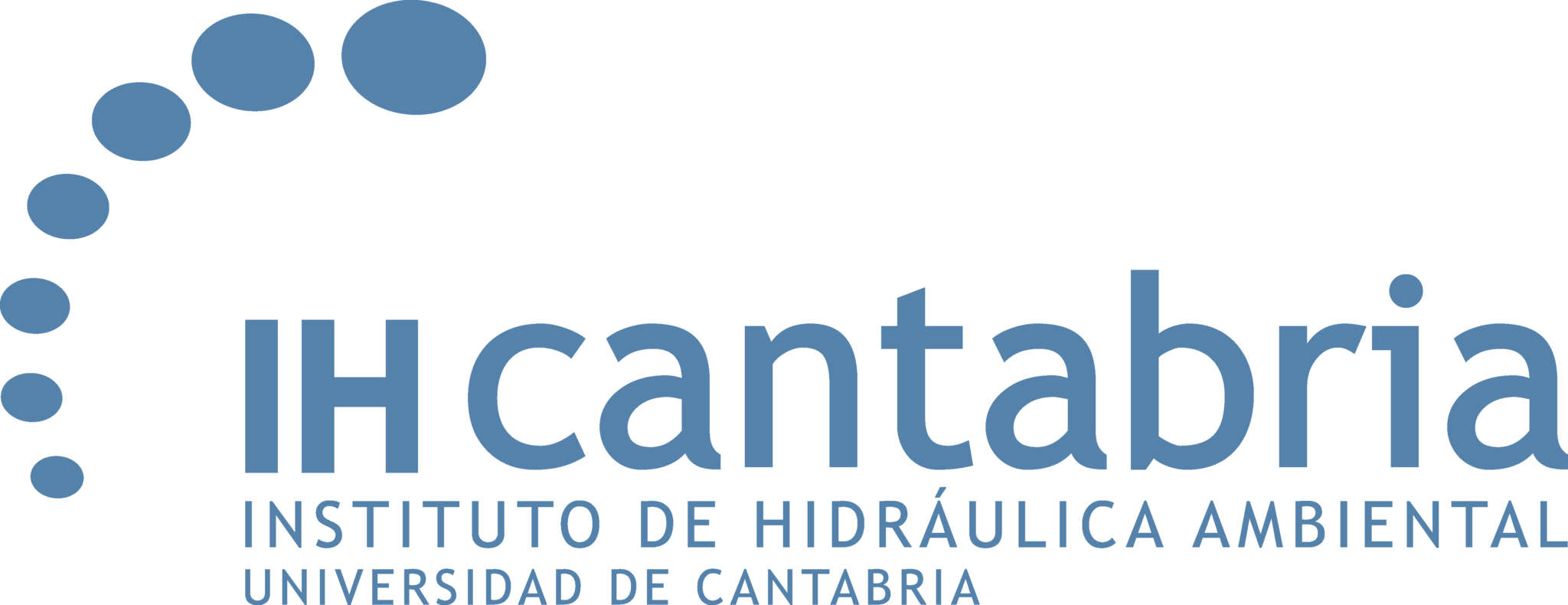NEWS
IHCantabria invests in updating the experimental facilities of the School of Civil Engineering of the University of Cantabria.
With co-funding from the Ministry of Science and Innovation (MICIN), several improvement works have been carried out in the wave channel of the ETSI de Caminos, Canales y Puertos of the University of Cantabria.
A team of researchers from the Institute of Environmental Hydraulics of the University of Cantabria (IHCantabria) and other research groups of the University of Cantabria (UC) has carried out important upgrading and improvement works in the experimental facilities of the UC Hydraulics, Coastal and Offshore Laboratory. The aim is to optimize the utilization of its surge channel and to ensure its operation for a longer period of time.
Among the upgrading works that have been carried out, one of the most relevant was the design and construction of an electric shovel for wave generation, which replaces the hydraulic shovel that previously operated in the surge channel of the Higher Technical School of Civil Engineering (ETSICCP). This new blade stands out for its energy efficiency and because its operating mechanics allow the creation of more precise, reliable and efficient movements, which contributes to improving the quality of wave generation and its monitoring in the movement of the blade.
The surge channel dates back more than 40 years; it was built in 1980, along with the directional surge tank (TOD). This is recalled by researcher César Vidal, who is emeritus university professor in the area of Oceanographic and Coastal Engineering at the ETSICCP. To ensure the proper functioning of these experimental facilities, IHCantabria has invested in improvement and upgrading works in the wave flume, thanks to MICIN co-funding.
It should be noted that the control program for this electric shovel and its design -both mechanical, structural and computerized- was developed entirely by the Hydraulics, Coastal and Offshore Laboratory of IHCantabria and the University of Cantabria. The construction and assembly was carried out by a contractor, winner of the public tender for the new equipment, but under the technical direction and supervision of the Laboratory staff. Previously, to make any type of change or improvement to the hydraulic shovel, we were totally dependent on external companies. A major milestone has been to take advantage of the experience, hardware and software developed by the IHCantabria Lab team and UC, to create with more autonomy the electric paddle currently operating in the UC wave channel.
In order to create a storage system for the water used in the canal, a cistern, or water tank, with a capacity of 150 cubic meters, was built last year in the parking area of the ETSICCP. The pump that runs this cistern arrived and began operating in March of this year.
At the same time, all these measures were completed with a series of maintenance tasks in the surge channel, consisting of sanitation work – cleaning and resealing of the glass panes – as well as waterproofing the walls and bottom of the infrastructure.
Although much of this work was carried out last year, final commissioning and testing has taken place in the last few weeks. With this set of actions, one of the most relevant experimental facilities in the ETSICCP has been completely updated, which contributes to strengthen one of the main signs of identity of the University of Cantabria, to continue guaranteeing the high level of the research projects developed here, while improving the training capabilities offered by this academic institution.



